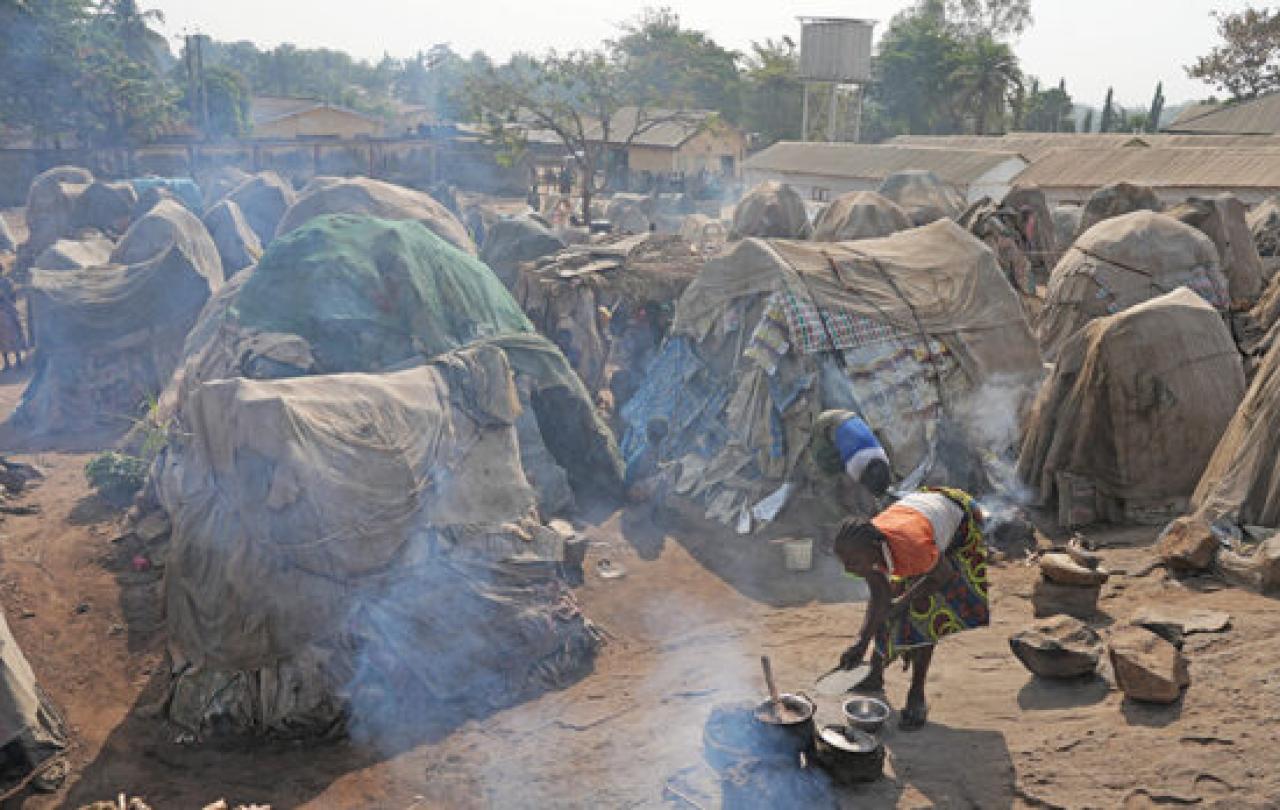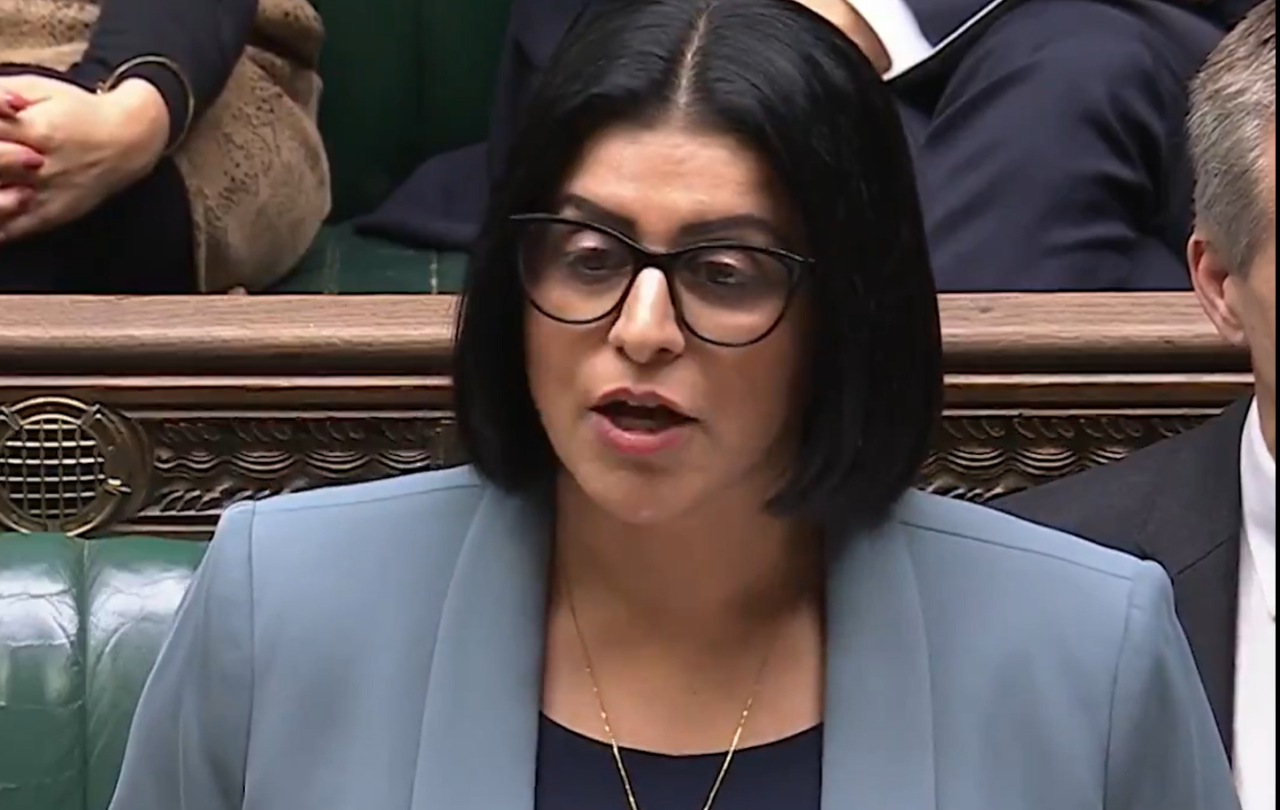
In the state of Benue in the North Central region of Nigeria, life has become short and brutish, as mothers bury their husbands and children in an endless grief pervading Nigeria’s Middle Belt region.
In a region where women and families once tilled the soil for sustenance as children played freely on farmlands, an unrelenting nightmare now unfolds with worrisome and haunting regularity.
Vicious and armed herdsmen, cloaked in impunity, have turned many villages and communities in the area into killing fields. They leave behind mass graves, charred houses, and shattered lives.
As the world watches in silence, cries from the bloodied farmlands, a steady but unabated genocide unfolds, bringing in its wake ashes of burned houses and orphans, the human cost of Nigeria’s silent killings. This is the sad reality of our times.
Many human rights groups and people of conscience say this is no longer a local conflict over grazing routes but a serious humanitarian crisis—the agony of abandoned lives in Nigeria’s killing fields crying out for justice and urgent, pragmatic international intervention before the region is wiped off the map.
The most recent of these gory tales is the Yelewata Massacre in the Guma Local Government Area of Benue state. Reports have it that more than 200 innocent, vulnerable and unsuspecting persons—children and elderly from 47 families—were killed by suspected herdsmen on June 13 and 14.
In a shocking revelation by the Nigeria’s National Bureau of Statistics, 614,937 people were killed in the country in the past year. According to a local newspaper report (Daily Trust, June 22), the death toll figure is 10 times more than in war-torn Russia and Ukraine, which stands at 67,000.
A victim of the mayhem, Janet Erdoo Terhemba, recounted her ordeal, in the news reports of the This Day newspaper.
“I wasn’t around when it happened. At first, I was told my uncle was missing. Later, they said they found my father and stepmother. But my uncle and others, including a toddler, were burnt beyond recognition. They were butchered before they were set ablaze. My uncle was butchered—his wife too. In total, I lost eight people in one night … they were killed.”
Ajim Doowuese is an internally displaced person from Yelwata. “All my children were burnt to death,” she said while sobbing. “Now I am childless.”
David Tarku recounts this: “I traveled out of town and returned late in the night. Suddenly, the herdsmen attacked. I started running with my family, but my cousins were not lucky. They were killed.”
These massacres have provoked reactions from Christian leaders, government, human rights groups, and well-meaning Nigerians, calling for decisive government actions. Pope Leo XIV, in his first official statement regarding the crisis in Nigeria, described it as “a terrible massacre in which mostly displaced civilians were murdered with extreme cruelty.” The pontiff offered prayers for security, justice, and peace for rural Christian communities he described as “relentless victims of violence.”
The Rt. Rev. Dr. N.N. Inyom Bishop Emeritus of the Diocese of Markurdi, confirmed the story, while emphasizing that this is a “genocidal attack targeted at predominantly Christian communities.”
Inyom has been a member of the Benue State Security Council through the past two administrations, and is a specialist in conflict and peace studies. “By any stretch of imagination … this is not a conflict,” he said. “It is pure genocide. … These are purely activities of terrorists to take the land of the communities. I have documents to support what I am saying, and pictures and names of the families and people killed in the Yelewata community.”
“We have been living with this crisis over the years,” he added. “The Yelewata catastrophe is unimaginable.”
“Benue state has 23 Local Government Areas, and about 17 are completely devastated. Over 1.5 million (mostly women and children) villagers are living in Internally Displaced Camps in the state.
“Before my retirement, I had six archdeaconries. Out of these six, four have been sacked by the invading terrorists,” the bishop said.
To buttress his claim, the bishop presented a list of the names and families he says have been killed during the Yelewata crisis.
He challenged church leaders, irrespective of denomination, to speak up. “If the Pope could speak from the far-away Vatican, what happened to our local leaders? Let the church not just busy or bury itself in ‘spiritual deliverance.’ We need physical deliverance for our people who are being killed. I read a book on Rwandan crisis where the United Nations was asking, ‘Where was the Church before the escalation of the Rwandan crisis?’ Let the Church in Nigeria arise and let the leaders unite and save these communities.”
He challenged the government to prioritize its duty of ensuring the security of lives of their citizens. “Government is not just about winning elections. They are looking at 2027 general elections. Meanwhile, people are being killed in 2025. Government must stop playing politics with the lives of its citizens.”
“The greatest problem, he said, is that over time, government has not summoned the political will to implement the recommendation of the Peace and Reconciliation Commission.
He called on the federal government to set up a Commission of Enquiry on this recurring crisis.
Bishop Inyom called on the international community to intervene: “This is a Macedonian call. The international communities must speak up because a serious humanitarian crisis is looming.”
Meanwhile, Amnesty International has been documenting the alarming escalation of attacks across Benue, where gunmen hold sway over the territories.
Some prominent traditional rulers and Christian leaders have continued to express frustrations.
In a strongly worded statement shared on X .com, Apostle Johnson Suleiman described the killings as evil, barbaric, and a mayhem.
At a town-hall meeting with Nigeria’s President Bola Ahmed Tinubu, professor James Ortese Iorzua Ayatse expressed his alarm:
“We do have grave concern about the misinformation and misrepresentation regarding the security crisis in Benue State. It is not herders-farmers clashes, it is not communal clashes, it is not reprisal attacks or skirmishes. It is such misinformation that has led to suggestions such as “remain tolerant, negotiate for peace, learn to live with your neighbour.
“Your Excellency, what we are dealing with in Benue is a calculated, well-planned, full-scale genocidal invasion of land-grabbing campaign by herder terrorists and bandits which has been on for decades, and it is worsening every year.
“Wrong diagnosis will always lead to wrong treatment. So we are dealing with something far more sinister than we think about. It is not learning to live with our neighbors. It is dealing with the war.”
The leader of North Central Peace Advocates, Frank Utor, in a This Day newspaper report, wrote that the killers are well-trained members and affiliates of international terror groups with the mission to levy war against the indigenous communities of Benue, Plateau, and other parts of North Central. “The killers do not rear cattle, they do not engage in any known pastoral activities,” he said.
Several media outlets have quoted elder statesmen in the communities expressing concerns about what some of them described as the “genocidal activities” of the criminal herdsmen. Some have argued and lamented that governments have failed to live up to their constitutional responsibility of protecting lives.
The media, particularly social media, are awash with news berating the political elites in the state for failing to present a united, formidable, and common front to tackle the gruesome serial murders and carnage perpetuated by these criminal armed men.
At a recent forum during the presentation of a posthumous award to Late Chief Raymond Alegho Dokpesi, a media mogul and founder of African Independent Television, the Rev. Father George Ehusani, a prominent Catholic priest and civil rights activist, said:
“A lot of the clashes in Benue state are not clashes between two people. People are in their farms and 100 people in motorcycles with AK-47 riffles invade their village, sack them, and kill many. That is not ‘two fighting.’ That is one group of people going to kill people and sack them from their villages.
“If AIT [a TV news channel] reports the news as “Clash over land in Benue state,” that would not be correct. That would be a lie.” The fact that we should communicate with gentleness does not mean we should tell lies.”
According to monitored media reports, less than 72 hours after the mayhem, a combined force of Nigeria’s military and police chiefs launched a joint, cross-border manhunt for the gunmen who killed around 200 villagers in Yelewata on the night of June 13.
Gen. Christopher Musa, the chief of defense, and Kayode Egbetokun, inspector-general of police, arrived in Markudi on June 16 to coordinate the operation. After assessing the carnage, Musa vowed to take the battle to the terrorists by changing the military’s strategy to fit the situation on ground.
President Bola Ahmed Tinubu, who had previously condemned the violence in Benue state, had also directed security chiefs to implement his earlier directive to bring peace and security to the state.
Following his visit to Benue on June 18, President Tinubu directed the Benue State Governor, the Rev. Hyacinth Iormem Alia, to set up an all-inclusive peace committee for the resolution of contentious issues that have rendered past efforts fruitless.
In response, HURIWA, a human rights group, accused the Governor of showing what it describes as “aloofness to the gravity of the situation of mass slaughter of his people—women and children—by the terrorists masquerading as herders.”
This article first appeared in Livingchurch.org. Reproduced with permission.
Support Seen & Unseen
Since Spring 2023, our readers have enjoyed over 1,500 articles. All for free.
This is made possible through the generosity of our amazing community of supporters.
If you enjoy Seen & Unseen, would you consider making a gift towards our work?
Do so by joining Behind The Seen. Alongside other benefits, you’ll receive an extra fortnightly email from me sharing my reading and reflections on the ideas that are shaping our times.
Graham Tomlin
Editor-in-Chief





